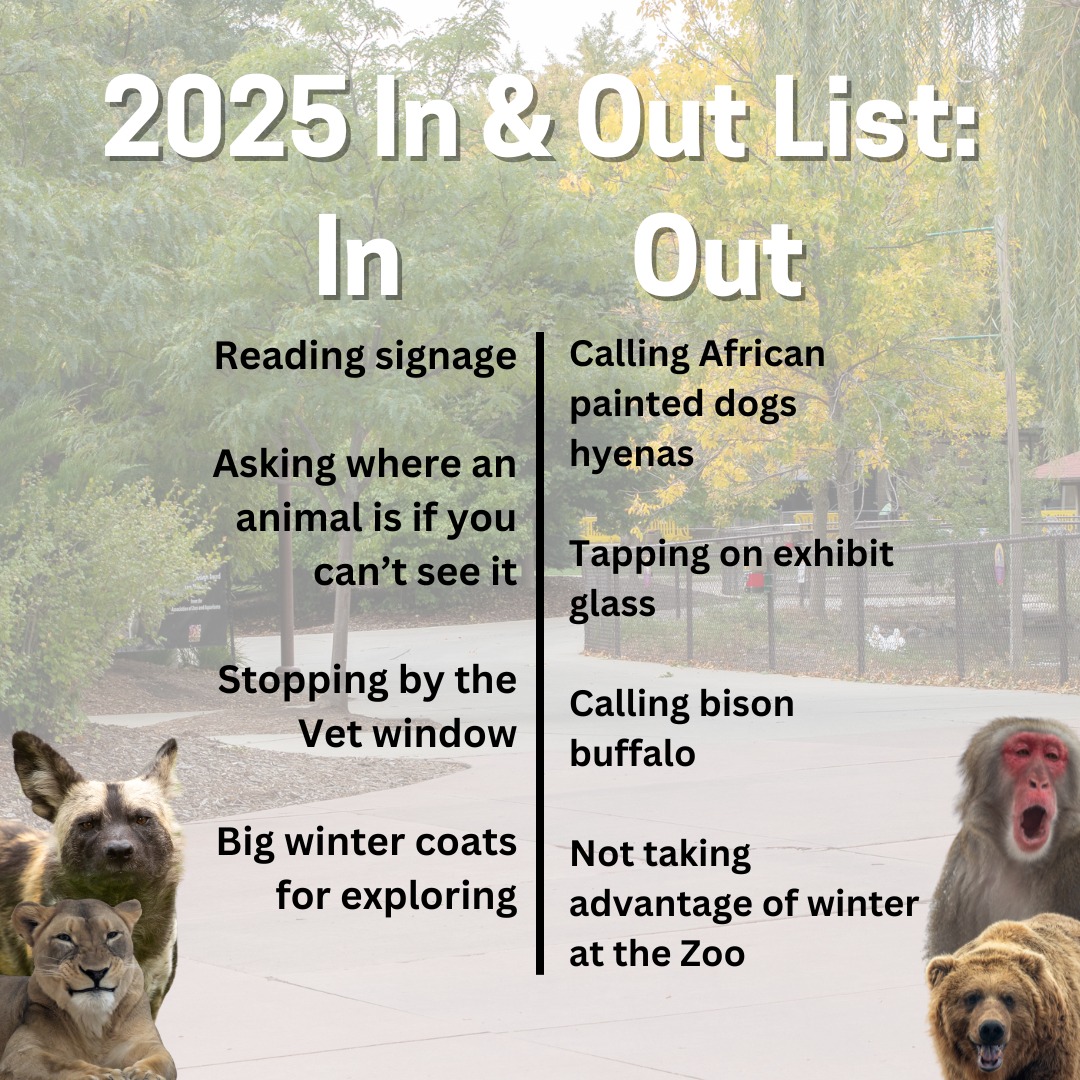- Highlight the importance of planning visits to the Great Plains Zoo as part of New Year celebrations in 2025.
- Explore the role of zoos in wildlife conservation and public education on animal behavior and habitats.
- Discuss best practices in zoo management and animal care to ensure ethical treatment and well-being of zoo inhabitants.
- Examine conservation programs and partnerships fostered by zoos to protect endangered species.
- Address the impact zoos have on local and global ecosystems and biodiversity.
As 2025 dawns, it’s time to make resolutions, plan adventures, and embrace new experiences. If you’re looking to start the year off right, a visit to the Great Plains Zoo should be on your list. Not only is it a phenomenal family destination, but it’s also a vital center for education and wildlife conservation. A thoughtful visit can enrich your understanding of animal behaviors and the importance of protecting our planet’s biodiversity.
The Great Plains Zoo offers many opportunities to learn about animals from various environments across the globe. By observing these animals up close, visitors gain insights into their behaviors, diets, and ecological roles. Zoos like this serve a crucial educational role, helping the public appreciate the intricacies of the animal kingdom while fostering a sense of stewardship for nature. An understanding of how animals interact within their ecosystems can empower individuals to make informed choices regarding wildlife conservation efforts.
Conservation is a central theme in modern zoos, with the Great Plains Zoo exemplifying such dedication through numerous programs aimed at preserving endangered species. These programs are essential as human activities continue to threaten wildlife across the planet. Zoos collaborate with international organizations and participate in breeding programs designed to maintain genetic diversity and bolster populations of critically endangered species. The impact of these initiatives extends beyond the confines of the zoo, contributing to global efforts that strive to protect vulnerable species from extinction.
The ethical treatment of animals is another primary concern for any reputable zoo. At the Great Plains Zoo, best practices in healthcare, nutrition, and enrichment are top priorities, ensuring that each animal’s physical and psychological needs are met. The design of enclosures aims to replicate natural environments as closely as possible, allowing animals to exhibit a range of natural behaviors. Through these practices, zoos can provide a supportive environment that advances animal welfare, accompanying their educational and conservational goals.
Moreover, zoos play an increasingly important role in supporting ecosystems by acting as bioreserves and research centers. By studying animals in controlled settings, scientists can gather data that contribute to broader ecological modeling and conservation strategies. Zoos can provide insights into tackling climate impacts, habitat loss, and human-wildlife conflict. These insights are integral in devising comprehensive conservation policies and actions applicable on both local and global scales.
Visiting the Great Plains Zoo can spark joy and curiosity in visitors while shedding light on the critical work zoos undertake to preserve wildlife. As you plan your activities for 2025, consider how such experiences can educate and inform, ensuring that your trip not only brings enjoyment but also awareness of the ongoing efforts in wildlife conservation. The Great Plains Zoo stands as a beacon of hope and learning amid the biodiversity challenges facing the world today. Their work exemplifies a commitment to enhancing human understanding and stewardship of the natural world, a theme that resonates well as we embrace the New Year with renewed hope and responsibility.
*****
Source Description
🎉 Happy New Year! 🥳 Start 2025 off right with our INS & OUTS list!
Add visits to Great Plains Zoo to your plans for the new year! 🦒🐅✨
.
.
.


